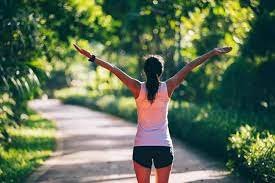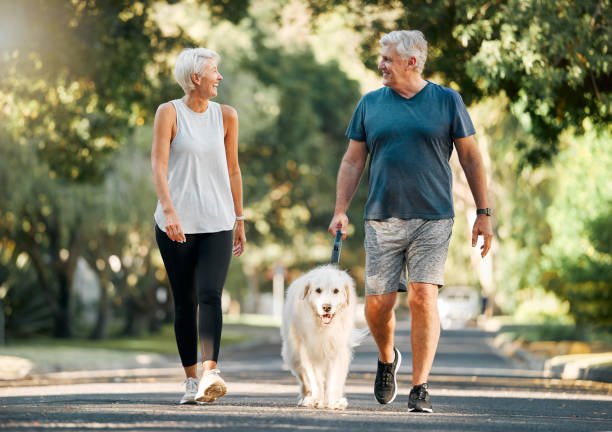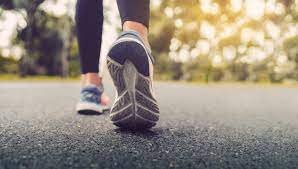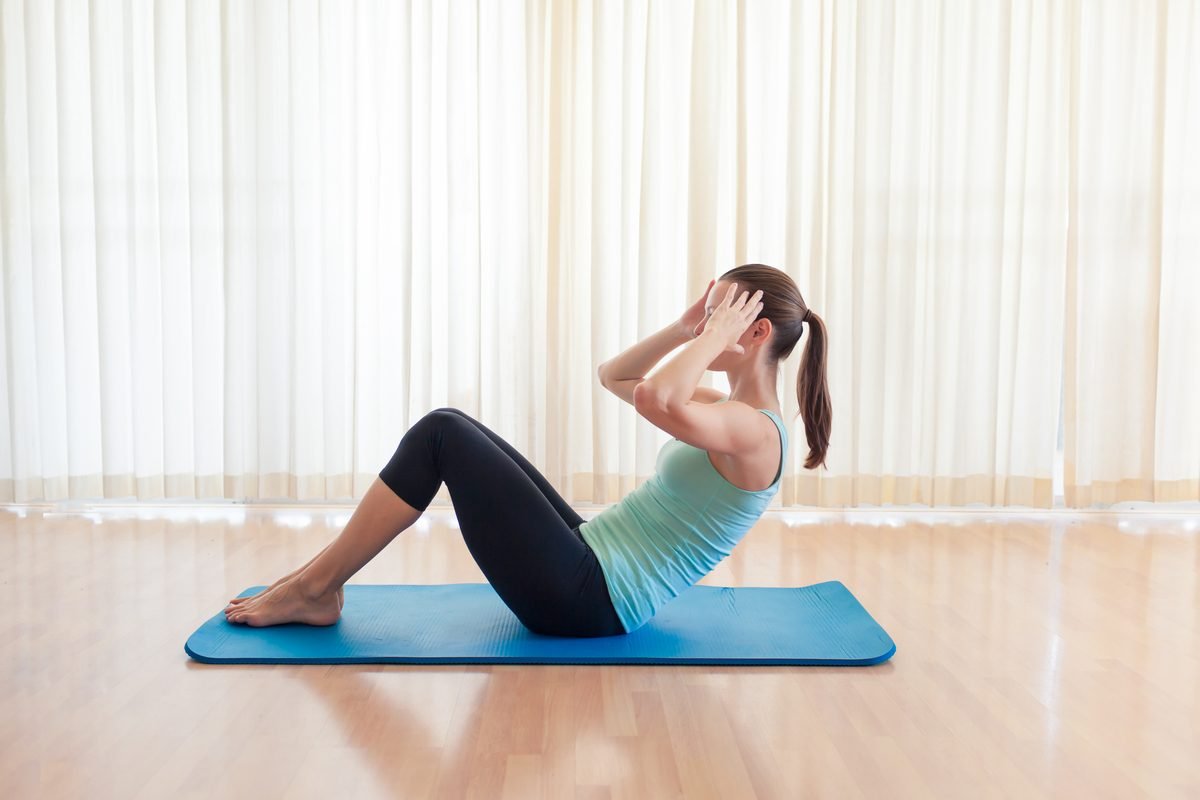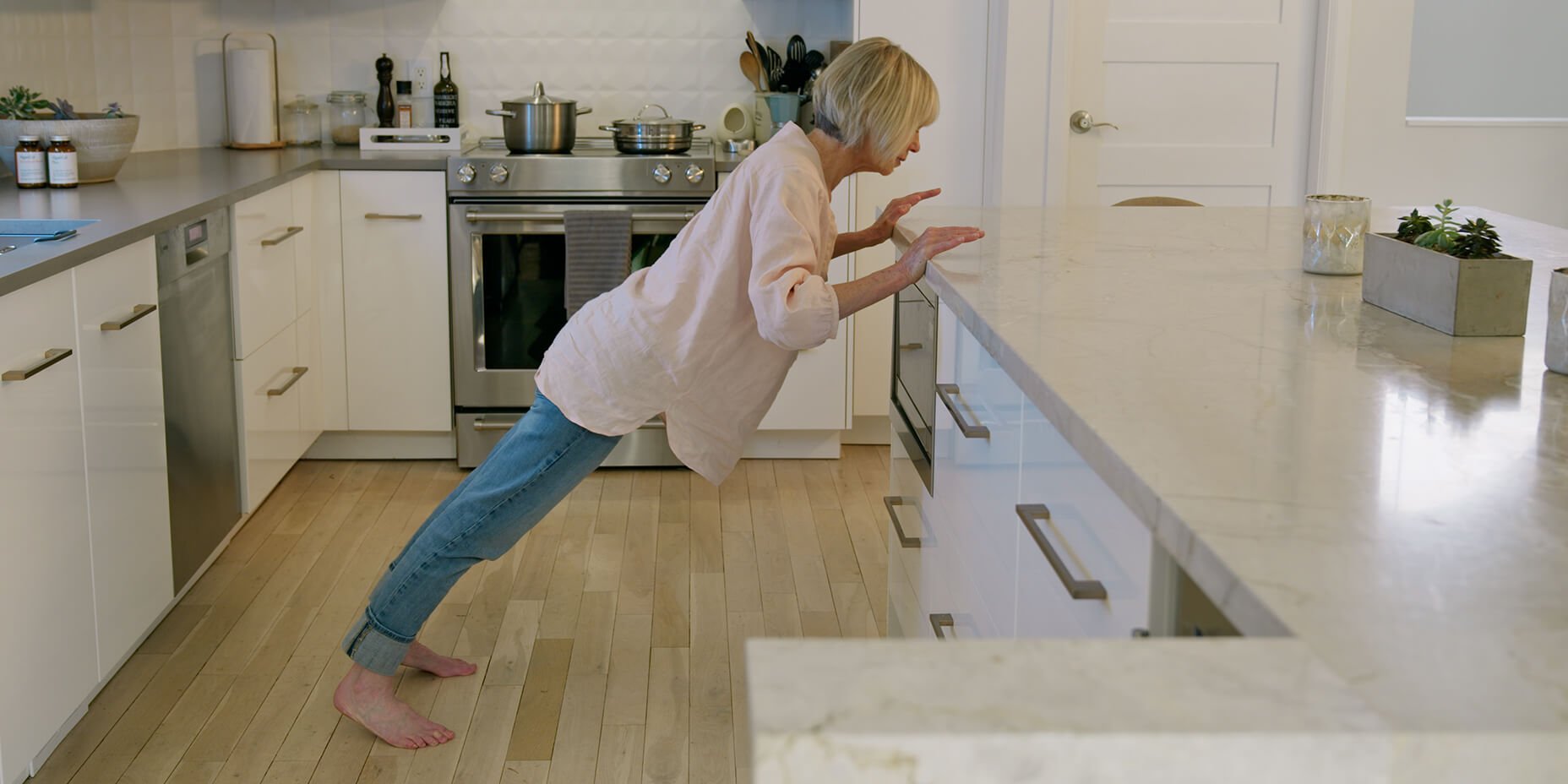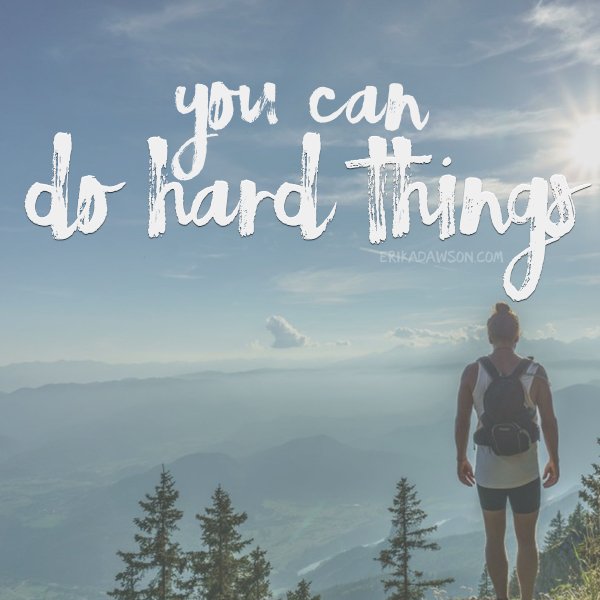Exercise is Medicine
Movement medicine. We all know the proven, extraordinary health benefits and value of exercise to make positive changes in our life, like:
Improved strength, balance, confidence, energy, stamina and sense of wellbeing,
Strong healthy bones (to protect from osteoporosis),
Disease prevention, e.g reduce blood pressure, control blood glucose and lipids, stronger immune function, less infections, detoxification, etc,
Weight management,
Improved brain health, mental wellbeing and reduced stress,
Better sleep,
To help sustain flexibility and function in daily activities and so we can keep up with the kids and grandkids,
Increased longevity with a longer health span.
Our ancestors naturally had movement in their daily lives as they gardened or hunted to provide food, built shelters and did their chores without the convenience of modern technology and appliances. A certain frequency, duration and intensity of movement is needed to establish and protect vigour and health.
Do you want to feel better, think better, sleep better, look better?? Let’s look at how exercise is medicine and ways to incorporate more motivation and movement into your day.
Do you have exercise goals?? Feel free to steal these:
1. To have good strength to enjoy life and daily activities.
2. To have optimal fitness and energy to do the fun stuff.
3. To aid prevention of health issues.
4. To preserve independence into later years.
The exercises that facilitate these goals are:
1. STRETCHING/BALANCING exercises to keep flexibility of muscles and joints
2. A STRENGTH WORKOUT to develop muscles, bones and strength in your legs, back and arms, so you can keep up with daily activities and work.
3. A CARDIO ROUTINE to oxygenate the blood, improve blood flow, remove waste from tissues and enhance heart health.
Walking is a great place to start your fitness regime. Most people can do it. You don’t need special equipment, just comfortable walking shoes (and maybe a rain jacket).
Just walking briskly for 30 minutes five times a week meets the minimum physical activity guidelines for cardiovascular exercise to help reduce your risk of cardiovascular disease and diabetes.
Find the times that will work with your schedule and then commit!! You’ve made the decision now, so “perseverance” is your word to make walking regularly a habit. Walking lets you explore your neighbourhood and nearby trails, beaches, lakes. Walk your way to better health!
There are so many fun and even social ways to move your body - biking, walking, hiking, kayaking, tennis, golf, swimming, gym workouts, ball games, winter sports, water sports, dancing, etc, etc.
Science is realising that sitting is the new "smoking" in terms of creating health risks similar to smoking.
Break up sedentary periods with movement. Instead of a snack break, if you have sat for one hour take an activity snack e.g. stretching exercises, lift hand weights, walk for 2 minutes, do squats, dance, move your body. This can help blood glucose levels and to maintain muscle mass. You've got to move it, move it!
So start where you are
Use what you have
Do what you can
A wise person who lives in my household is a big advocate for 30-30-30 everyday as a baseline, regardless of what other exercise you do.
- 30 squats to work the large muscles of your legs.
- 30 sit ups to work the core.
- 30 press ups to work the upper body and arms.
When done in the morning it kickstarts your metabolism. And there are no excuses not to do them because:
No special equipment is needed.
You can do it anywhere - at home or when you are travelling.
You can start where you are able and gradually increase.
You can break it down to doing 10 of each exercise then repeating three times.
30-30-30 will help maintain strength as you age.
The husband likes accomplishing the exercises as soon as he gets of out bed. In all honesty I tend to break them up - squats in the shower, press ups against the kitchen bench while waiting for the jug to boil, and the sit-ups in a break from my desk. I’m still not on full press ups because start where you are and do what works for you - just do it!
Keep it simple - start gradually, build strength and exercise consistently. The key is to start and be consistent.
I get that life is busy, there are lots of demands on our time and exercise seems like just one more thing we have to squeeze in which can make us dislike exercise; however there are lots of reasons to love it!
Focus on the benefits - improved energy, mood, sex life, strength, better sleep, weight management, decreased risk of diseases, longevity.
No more excuses, get into action and move your body.
Being busy is not an excuse. Busy people can still make exercise happen because they intentionally prioritise it and schedule it into their day.
To bypass the stress you feel about exercise:
- Start small and focus on building the habit.
- Start with movement you enjoy. Have you tried skipping, rebounding, Zumba or Pilates classes, weight lifting, cycling?
- If the gym is not right for you find movement you enjoy.
- You don’t have to exercise for a long session. Little and often throughout the day will add up.
30-30-30, exercise bike for 5 mins, rowing machine for 5 mins, skipping for 2 minutes, stretching for 5 minutes, three 10 minute walks, do sit ups or hand weights in the ad breaks, park a few blocks away from work, dance while doing housework.
Movement will make a huge difference and is better than doing NOTHING!
Stretching. Strength.. Cardio.
The pleasure paradox is the idea that continually pursuing immediate pleasure can create dissatisfaction with life; while doing things we don’t want to do, and delaying gratification can bring more satisfaction with life in the long term.
When you look at highly accomplished athletes who achieve success in their field, what traits do they develop that help them put aside the immediate pleasures of life to pursue who they want to be?
1. Focus on who they want to be.
2. Resiliency to keep going when it gets more than hard.
3. Self belief that they can do hard things.
4. Self-discipline to sacrifice comfort, social activities etc for training sessions, sore muscles and exhaustion.
5. Optimism that putting in the hard yards will bring results.
6. Motivation to be better than they were yesterday.
7. Passion for their dreams.
Interestingly there is a part of the brain called the anterior Mid Cingulate Cortex (aMCC). This cortex develops in the face of challenge. It is the tenacious brain that contributes to achieving goals.
The aMCC is neuroplastic in both directions - it grows and shrinks. It requires constant input. It is strongly activated when we move our body and is larger in athletes and those who don’t give up when things get challenging. This grit is called persistence, perseverance or tenacity. Strength of body, will and character is something you build and develop.
Some days you will find exercise hard; but do you know what?? being unwell, overweight, unhealthy is hard too. Choose your hard. You are creating your own self.
2019. The Tenacious Brain: How the Anterior Mid-Cingulate Contributes to Achieving Goals. https://www.ncbi.nlm.nih.gov/pmc/articles/PMC7381101/

